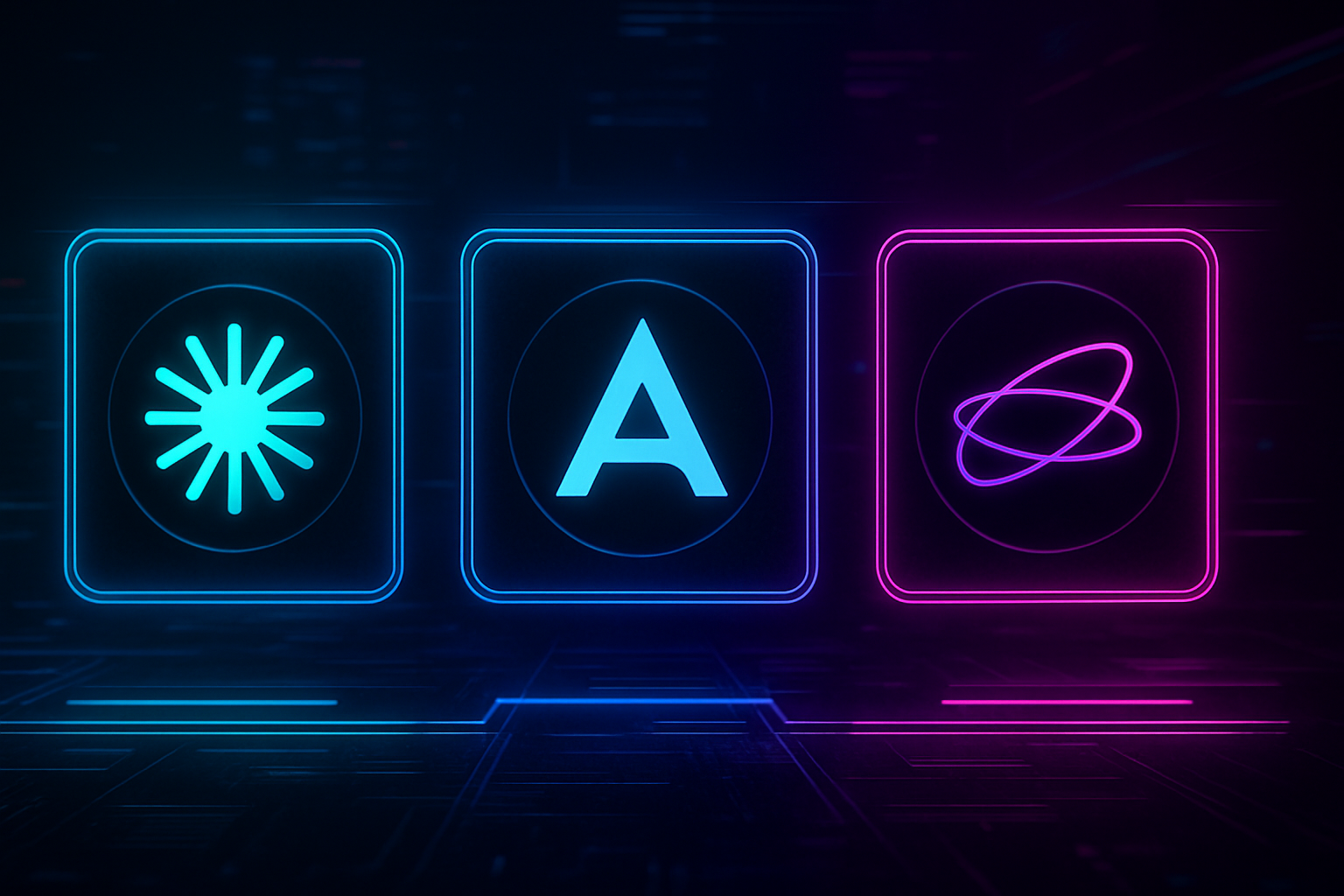
Data availability (DA) layers have rapidly become the backbone of modular blockchain infrastructure, ensuring that transaction data is not only recorded but verifiably accessible to all network participants. As Layer 2 adoption accelerates and rollups proliferate, the question of which DA layer offers the best blend of scalability, security, and interoperability is more critical than ever. In this detailed comparison, we dissect the three market leaders provides Celestia, EigenDA, and Avail: to help you navigate their distinct architectures, consensus mechanisms, and restaking opportunities.
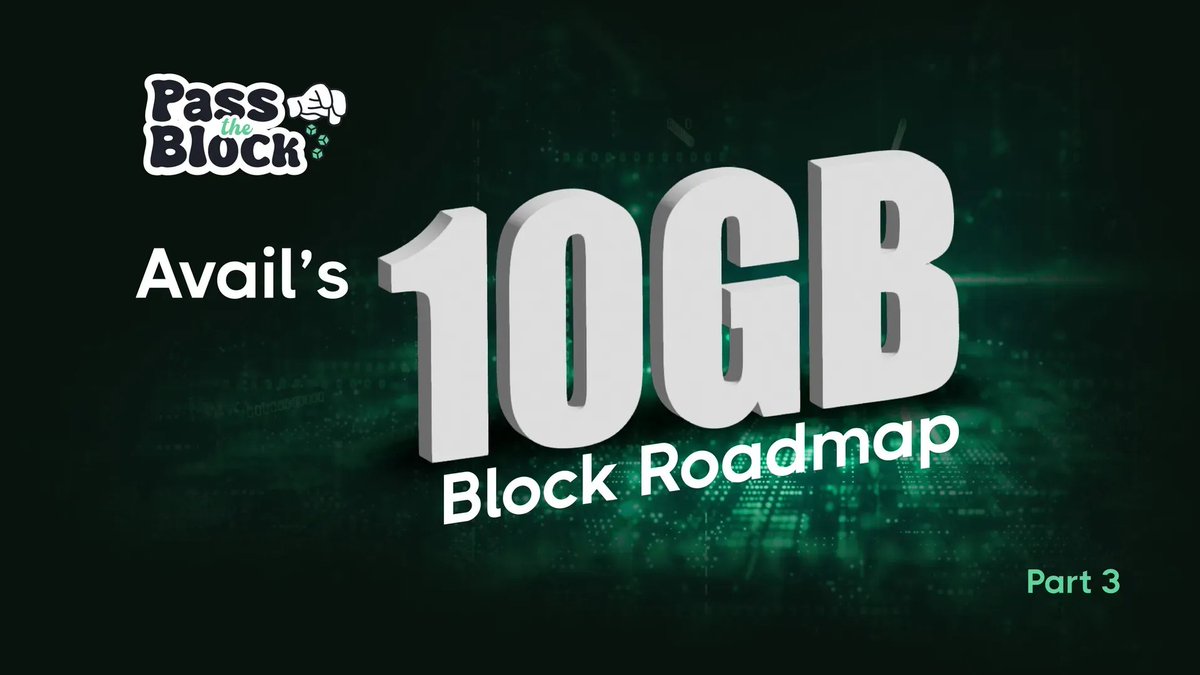
Technical Architecture: Modular Visions in Practice
Celestia, Avail, and EigenDA each approach data availability with unique architectural blueprints:
- Celestia: Leverages fraud proofs to guarantee block data correctness. This model assumes implicit data availability but introduces a dispute window before finalization, a tradeoff for higher throughput and lower DA costs. Celestia’s modularity is its signature: it separates execution from consensus and DA, enabling sovereign rollups to flourish without inheriting unnecessary bloat. (source)
- Avail: Utilizes KZG polynomial commitments for robust validity proofs. While this raises computational demands for miners, it provides rigorous assurance that published data can be reconstructed by anyone. Avail’s architecture is designed for developer-friendliness and light client support, key for onboarding new chains into the broader web3 ecosystem.
- EigenDA: Built as a set of smart contracts on Ethereum using EigenLayer’s restaking mechanism, EigenDA also employs KZG commitments but stands out by inheriting Ethereum’s security guarantees via ETH restakers. This deep integration with Ethereum makes it a natural choice for rollups embedded in the Ethereum ecosystem.
Consensus Mechanisms and Finalization Speed: Timing Is Everything
The speed at which a DA layer can finalize blocks directly impacts user experience and composability between chains:
- Celestia: Uses Tendermint consensus with finalization in approximately 15 seconds, striking a balance between quick confirmation and robust security.
- Avail: Implements a hybrid model (GRANDPA and BABE) from Polkadot SDK; block times are slower at 20 seconds but finalization is fast at 40 seconds.
- EigenDA: Relies on Ethereum’s consensus layer, resulting in much longer block finalization (around 12 minutes). This is offset by Ethereum-grade security but may be a bottleneck for latency-sensitive applications.
Key Strengths of Leading DA Layers for Developers
-
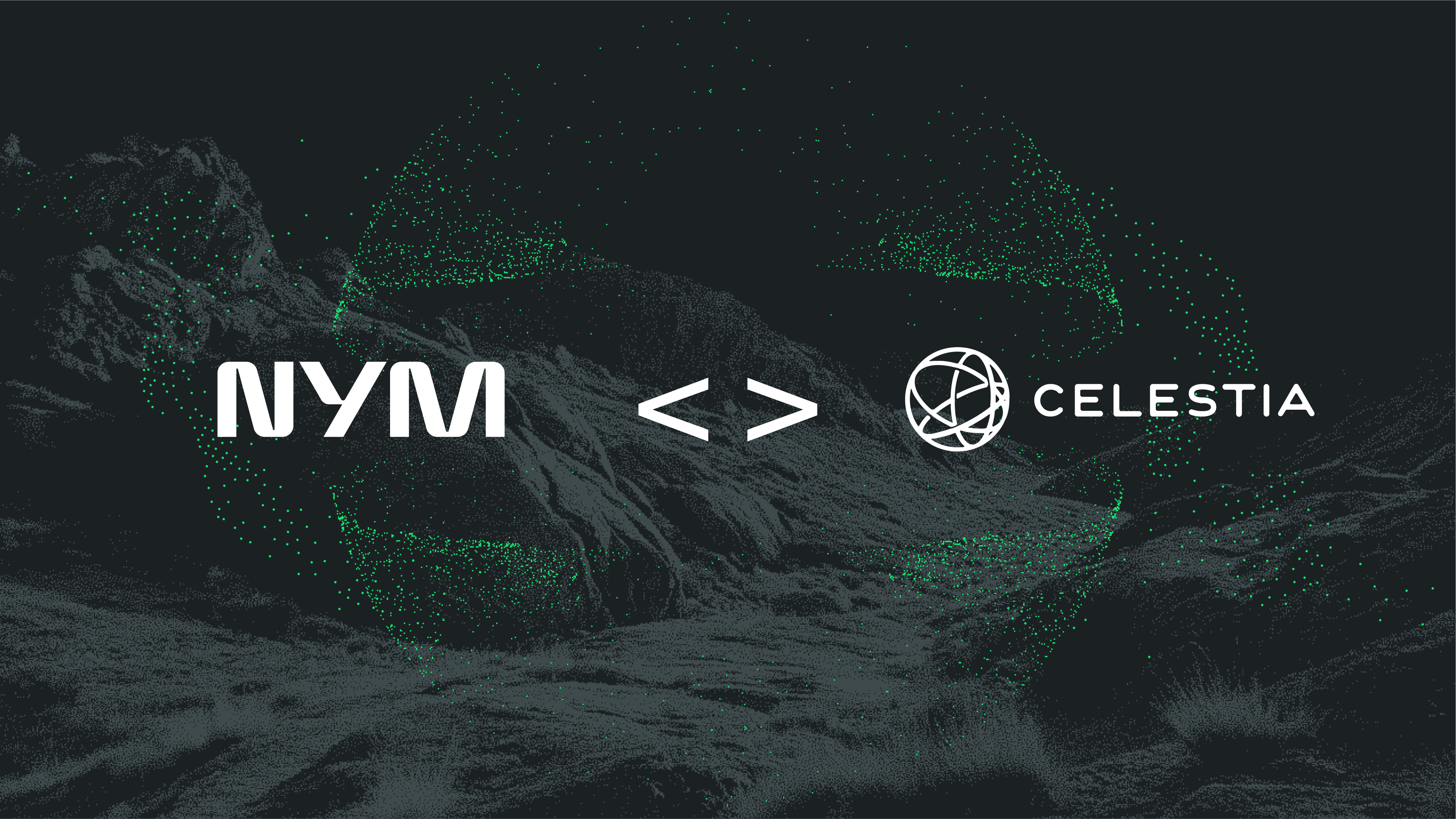
Celestia: Modular, scalable, and sovereignty-focused. Celestia employs data availability sampling (DAS) and fraud proofs to enable light clients to efficiently verify data without downloading entire blocks. Its Tendermint consensus achieves block finalization in about 15 seconds, and its architecture supports low DA costs and high throughput—ideal for small to medium Layer 2 and application chains seeking independence and flexibility.
-
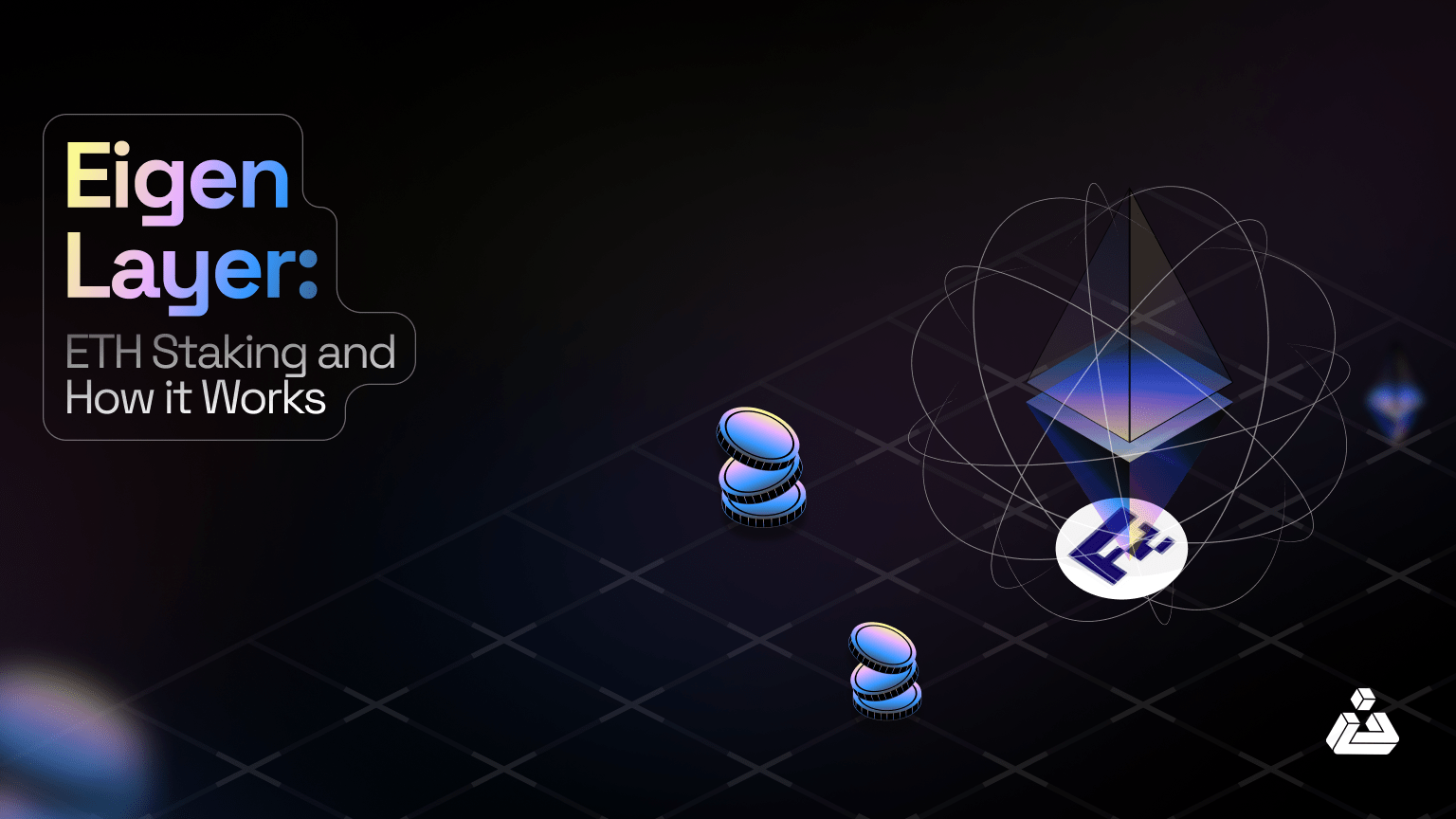
EigenDA: Ethereum-native with robust restaking security. Built as a set of smart contracts on Ethereum, EigenDA leverages EigenLayer’s restaking mechanism, inheriting Ethereum’s security guarantees. It uses KZG commitments for validity proofs and is tightly integrated with the Ethereum ecosystem, making it a top choice for large-scale Layer 2 solutions that require Ethereum-aligned security and ecosystem compatibility.
-
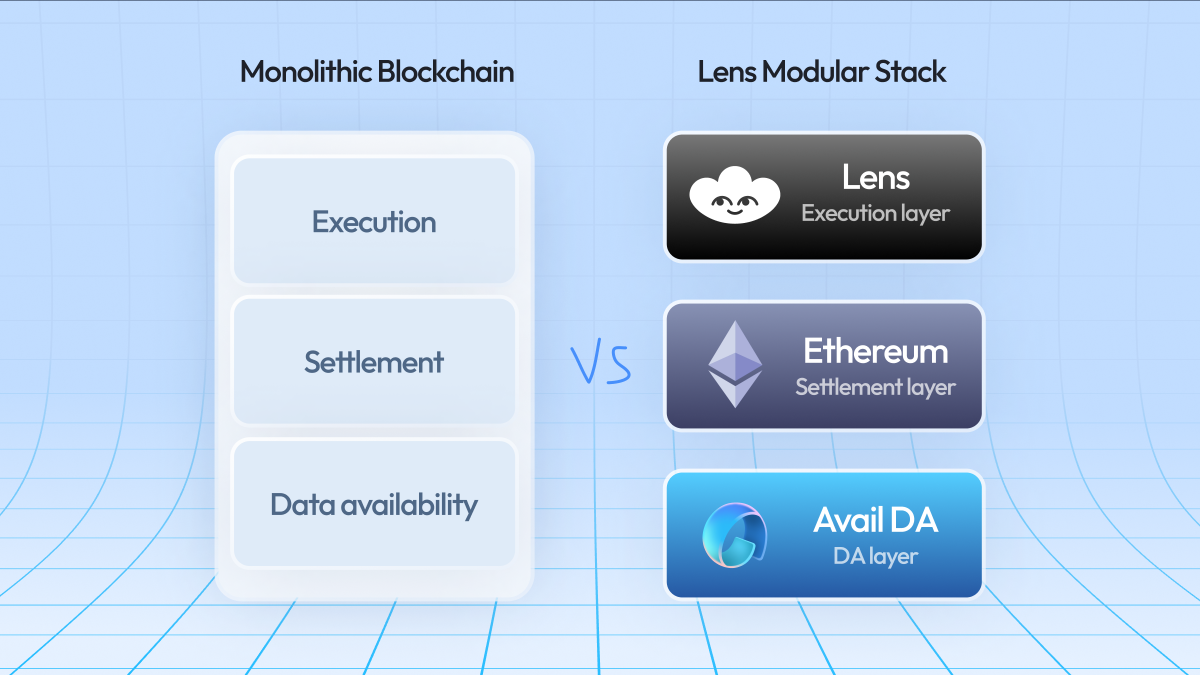
Avail: Developer-friendly and highly interoperable. Avail utilizes KZG polynomial commitments for rigorous data validity and supports data availability sampling for efficient light client verification. Its hybrid consensus (GRANDPA & BABE from the Polkadot SDK) finalizes blocks in about 20 seconds. Avail is designed to aggregate and coordinate transaction data across multiple chains, positioning itself as a versatile hub for web3 applications.
Data Availability Sampling and Light Client Support: The Scalability Frontier
A major innovation in modern DA layers is data availability sampling (DAS). DAS enables light nodes to verify that all transaction data has been published without downloading entire blocks, a breakthrough for both scalability and decentralization.
- Celestia: Pioneers DAS technology; light clients can efficiently validate data availability with minimal resource requirements. This empowers sovereign rollups to scale securely without centralized trust assumptions. (source)
- Avail: Also supports DAS, focusing on usability for developers building multi-chain dApps or infrastructure that require efficient light client validation.
- EigenDA: Does not currently implement DAS, its reliance on full node validation may limit accessibility for lightweight clients or mobile-first applications.
This divergence in approach marks a clear line between platforms prioritizing universal accessibility (Celestia, Avail) versus those optimizing around maximum security within an existing L1 ecosystem (EigenDA).
Restaking Potential and Security: Aligning Incentives for Robustness
Restaking is rapidly emerging as a critical dimension for DA layer resilience, allowing validators to secure multiple networks and maximize capital efficiency. Here’s how the three contenders stack up:
- Celestia: Secures its network with a standalone Proof-of-Stake mechanism. While native restaking options are still evolving, Celestia’s modular approach positions it well for future integration with cross-chain restaking protocols. Its security is amplified by DAS, which distributes trust across a broad validator set and empowers light nodes.
- Avail: Leverages the Nominated Proof-of-Stake (NPoS) model from Polkadot, supporting up to 1,000 validators. This structure fosters decentralization and opens the door for future restaking interoperability as modular standards mature. Avail’s roadmap hints at integrating broader DA restaking strategies to further harden its infrastructure.
- EigenDA: Uniquely anchored in Ethereum’s security through EigenLayer, EigenDA enables ETH holders to restake their assets for additional yield while securing data availability. This model aligns incentives between Ethereum stakers and DA users, creating a robust security foundation that is especially attractive for large-scale rollups seeking deep liquidity and trust minimization.
Ecosystem Integration and Use Cases: Who Should Build Where?
The choice of DA layer often hinges on ecosystem alignment and developer priorities:
- Celestia: Best suited for projects prioritizing sovereignty, modularity, and rapid innovation. Its design philosophy appeals to teams building new execution environments or sovereign rollups that do not want to inherit the constraints of monolithic L1s.
- Avail: Targets multi-chain dApps and infrastructure providers who need seamless onboarding across diverse blockchains. Avail’s commitment to developer-friendly tooling and light client support makes it ideal for web3 coordination layers or aggregation hubs.
- EigenDA: A natural fit for Ethereum-native projects seeking seamless integration with ETH staking economics. Rollups, Layer 2s, and applications requiring direct access to Ethereum security will gravitate towards EigenDA due to its deep protocol alignment.
The Bottom Line: Choosing Your Data Availability Layer
The decision between Celestia, Avail, and EigenDA ultimately comes down to your project’s unique tradeoffs between speed, security inheritance, cost structure, and ecosystem goals. Celestia‘s low costs and high throughput empower nimble application chains; Avail‘s versatility suits ambitious cross-chain builders; while EigenDA‘s Ethereum-native approach delivers unmatched composability within the largest DeFi ecosystem.
Investor Pros & Cons: Celestia, EigenDA, and Avail
-
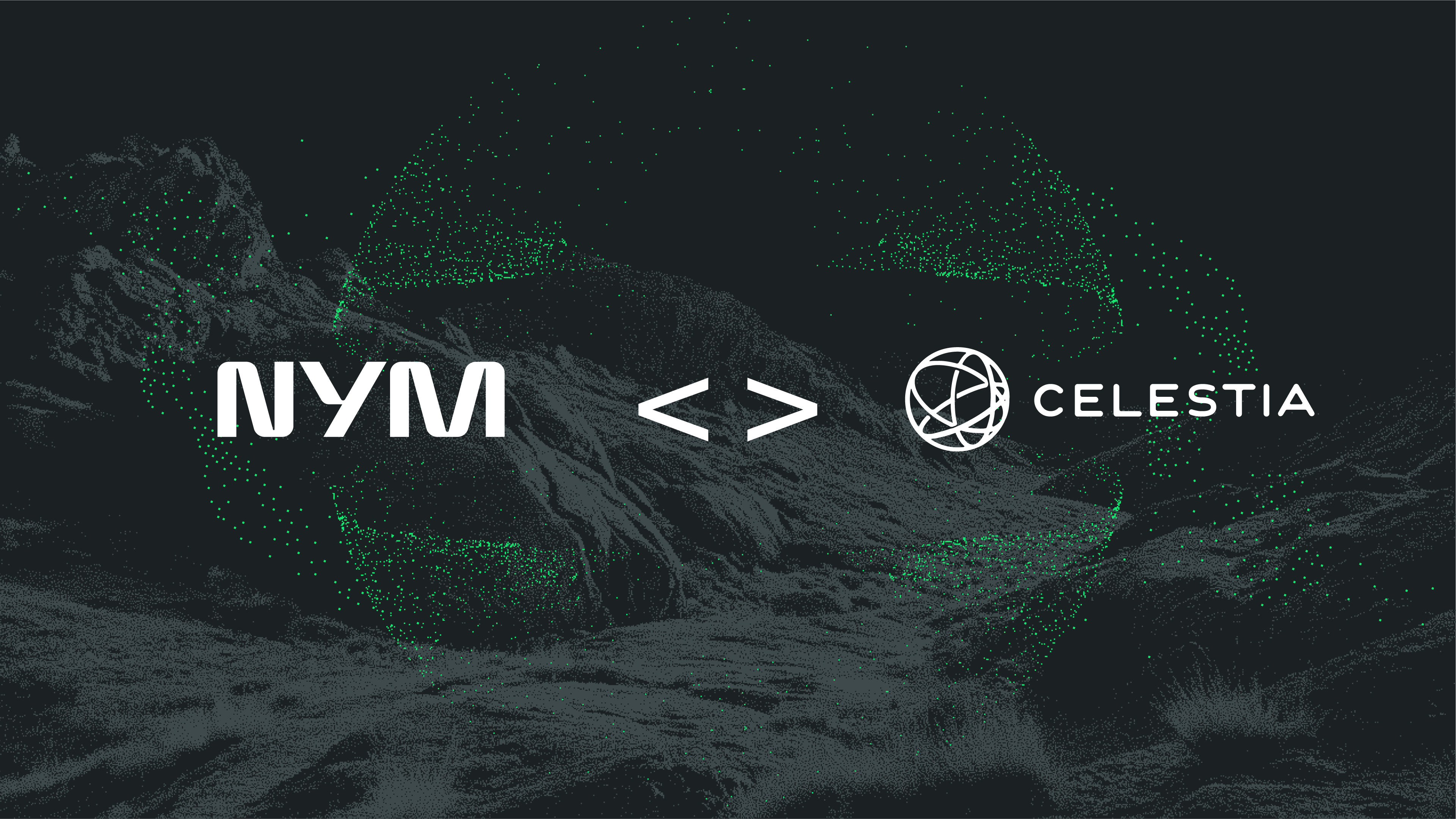
CelestiaPros: First-mover advantage in modular DA, with robust data availability sampling (DAS) for scalability and low costs.High throughput and fast block finalization (~15 seconds) via Tendermint consensus.Independent security through its own Proof-of-Stake network, reducing reliance on external chains.Cons: Not natively integrated with Ethereum, potentially limiting access to Ethereum-native liquidity and users.Relies on fraud proofs, which may introduce latency for dispute resolution before block finalization.
-
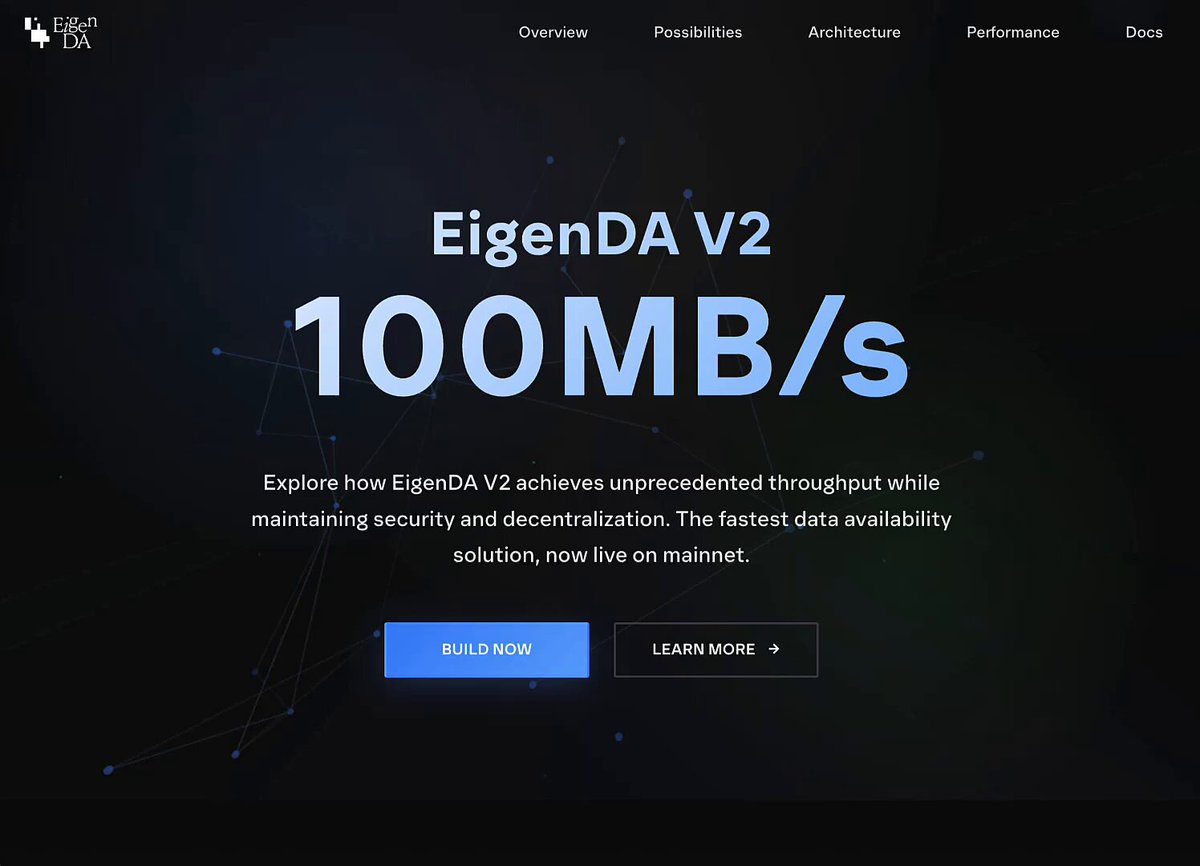
EigenDAPros: Deep integration with Ethereum via EigenLayer, leveraging ETH restaking for robust security.High throughput and fast data availability using KZG commitments.Ideal for projects seeking direct access to Ethereum’s ecosystem and security guarantees.Cons: Longer block finalization (~12 minutes) due to reliance on Ethereum’s consensus layer.No support for data availability sampling (DAS), which may impact scalability for light clients.Additional computational overhead for validators due to KZG proofs and restaking complexity.
-
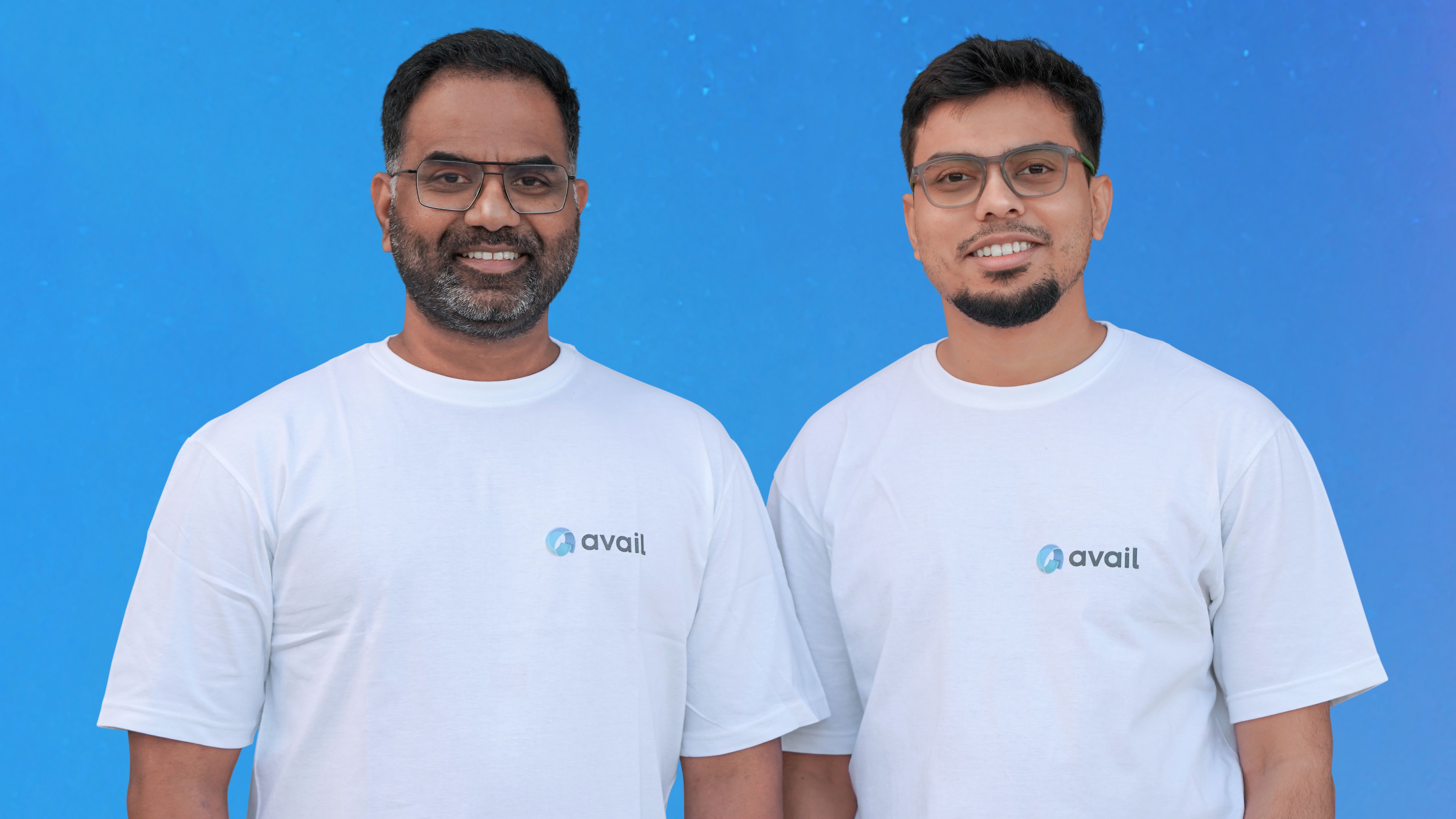
AvailPros: Developer-friendly with efficient data availability sampling (DAS) and light client support.Hybrid consensus (GRANDPA & BABE) enables relatively fast block finalization (~20 seconds).Versatile architecture suitable for multi-chain coordination and broad web3 applications.Cons: Not as deeply integrated with Ethereum as EigenDA, potentially limiting exposure to ETH-native projects.Higher computational overhead for miners due to KZG polynomial commitments.Still maturing ecosystem compared to Celestia and Ethereum-aligned solutions.
The landscape is evolving rapidly as standards like DAS mature and restaking primitives proliferate. For now, these three DA layers remain the benchmarks against which all newcomers are measured, each offering a distinct path forward in the race toward scalable, secure modular blockchains.






